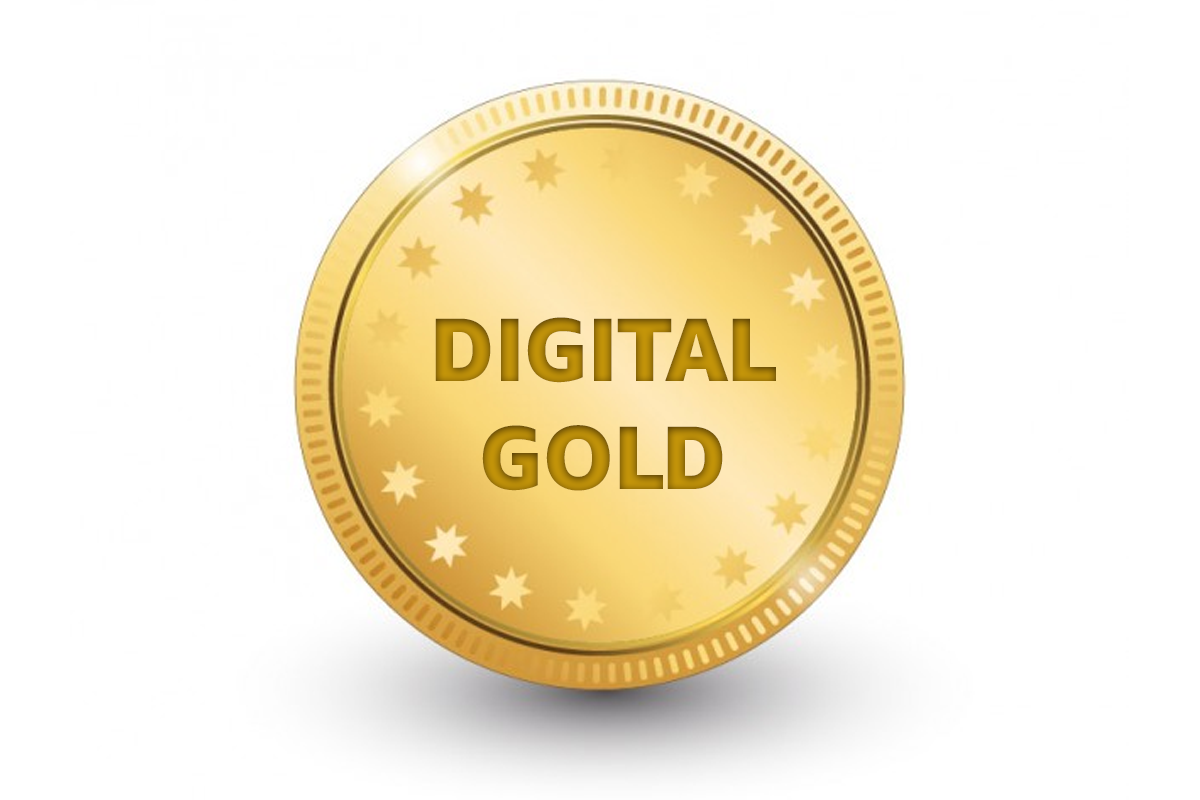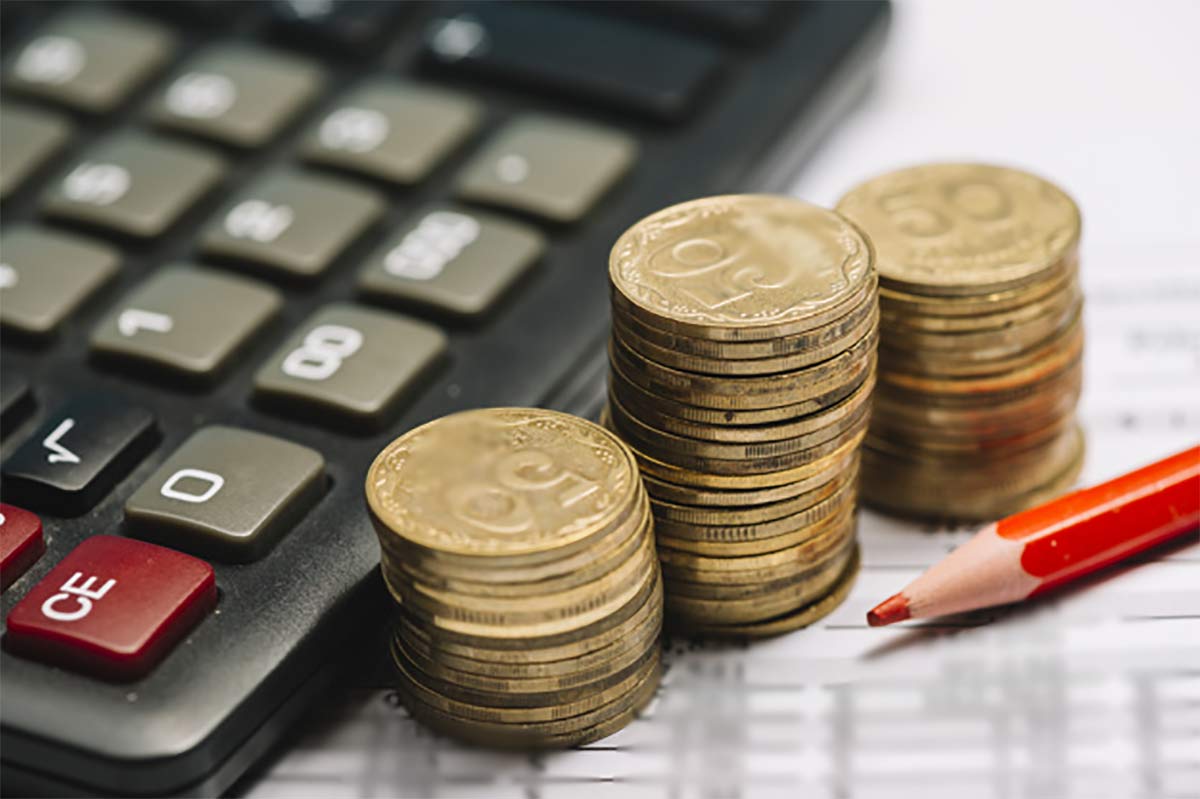How to understand SBI Credit Card Statement?

If you are an SBI credit card user, you can borrow credit on your card whenever you need it. However, you also need to make sure that you pay back this money due on your card. So, how do you know what you have to pay and what has been the overall card usage like? The easiest way is to complete the SBI credit card statement download and view your statement online. Alternatively, you could also get a hard copy of your SBI credit card monthly statement to check usage. So what is an SBI credit card statement? An SBI card statement is a document generated every month at the end of your card’s billing cycle to give you an overview of the transactions on your card. When you view your SBI credit card online statement or offline statement, you will find it to be very informative. To help you make sense of the information, here is everything you need to know to understand the SBI Credit card bill statement. You can contact the SBI card customer care for any assistance.
What shows up in your SBI Card Statement?
When you view SBI credit card statement you will find data based on the below-mentioned parameters-
1.List of transactions
2.Billing period
3.Payment due date
4.Minimum due amount
5.Total outstanding balance
6.Credit limit
7.Reward points
8.Summary of account
1) List of transactions-
This is a summation of all the transactions made on your card during the billing period. So, when you view your SBI credit card online statement you will be able to understand the details of each transaction, such as the date the transaction was made, the location, the type, etc. detailed understanding of each transaction, including the date, type of transaction, location of the transaction. Browsing the list can help you stay aware of the frauds or undue charges if any.
2) Billing period-
The billing period is the duration between the beginning of the statement cycle and the close. It is only at the end of the billing cycle that the SBI credit card bill statement is generated. Transactions made post the billing period is mentioned in the next SBI credit card monthly statement.
3) Payment due date-
This is the date on or before which you are required to pay your credit card bill in minimum or full. Failing to clear your dues before this date attracts penalties and reduces your credit card score. Past this date, interest is also accrued on the outstanding amount. Know more about the SBI credit card online payment method.
4) Minimum due amount-
The minimum amount due mentioned on your SBI credit card statement is the minimum amount that you have to pay from the total spent on the card. Usually, this is two to three per cent of the total dues. In case you are short of funds at the end of the billing period, you can opt to reduce your financial burden by paying the minimum due amount only. However, it is important to note that finances charges are levied on the pending balance if the full amount is not cleared.
5) Total outstanding balance-
The total outstanding balance on your SBI credit card bill statement is the sum of all spends that is due on your credit card. It includes the principal outstanding amount of pending EMIs too. Failing to clear the total outstanding balance attracts finance charges.
6) Credit limit-
Under the credit limit section on your SBI card statement, you get information regarding the Total Credit Limit which was allotted on your card, the available credit limit and the cash limit on the card which indicated how much cash you can withdraw from the card at an ATM. Paying your credit card bill restores your available credit limit.
7) Reward points-
You can view SBI credit card statements to learn about the accumulated reward points. It also includes details pertaining to the lapsed reward points, the points carried forward, as well as the points that can be used.
8) Summary of account-
The summary on your SBI credit card statement highlights the total of all transactions that were made during the last billing cycle. It offers a preview of your credit card account, and also mentions extra charges, balance spent and balance available.
Using your credit card statement, you can ensure staying ahead of your pilling expenses. You can also check your spending pattern and work towards a budget while being aware of the accumulated reward points, available cash limit and pending EMIs. By keeping a watch on the transactions listed in your credit card statement, you can also prevent being charged incorrectly, as well as alert the bank in case of suspicious activity. Understanding the different parameters on the card is critical to ensuring that you use your credit card to its fullest potential.








